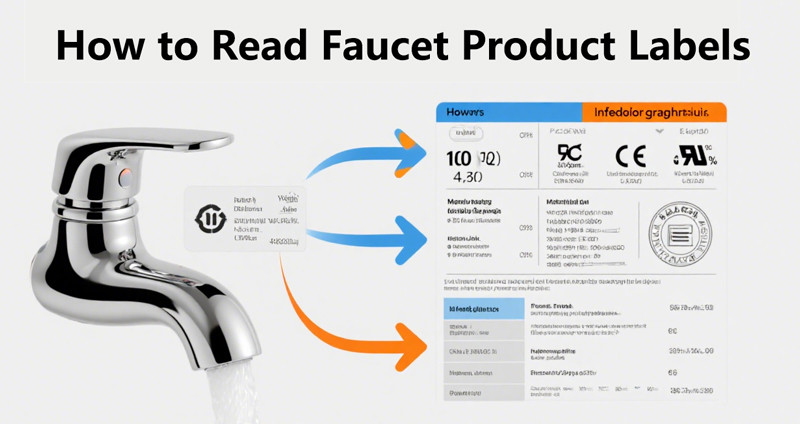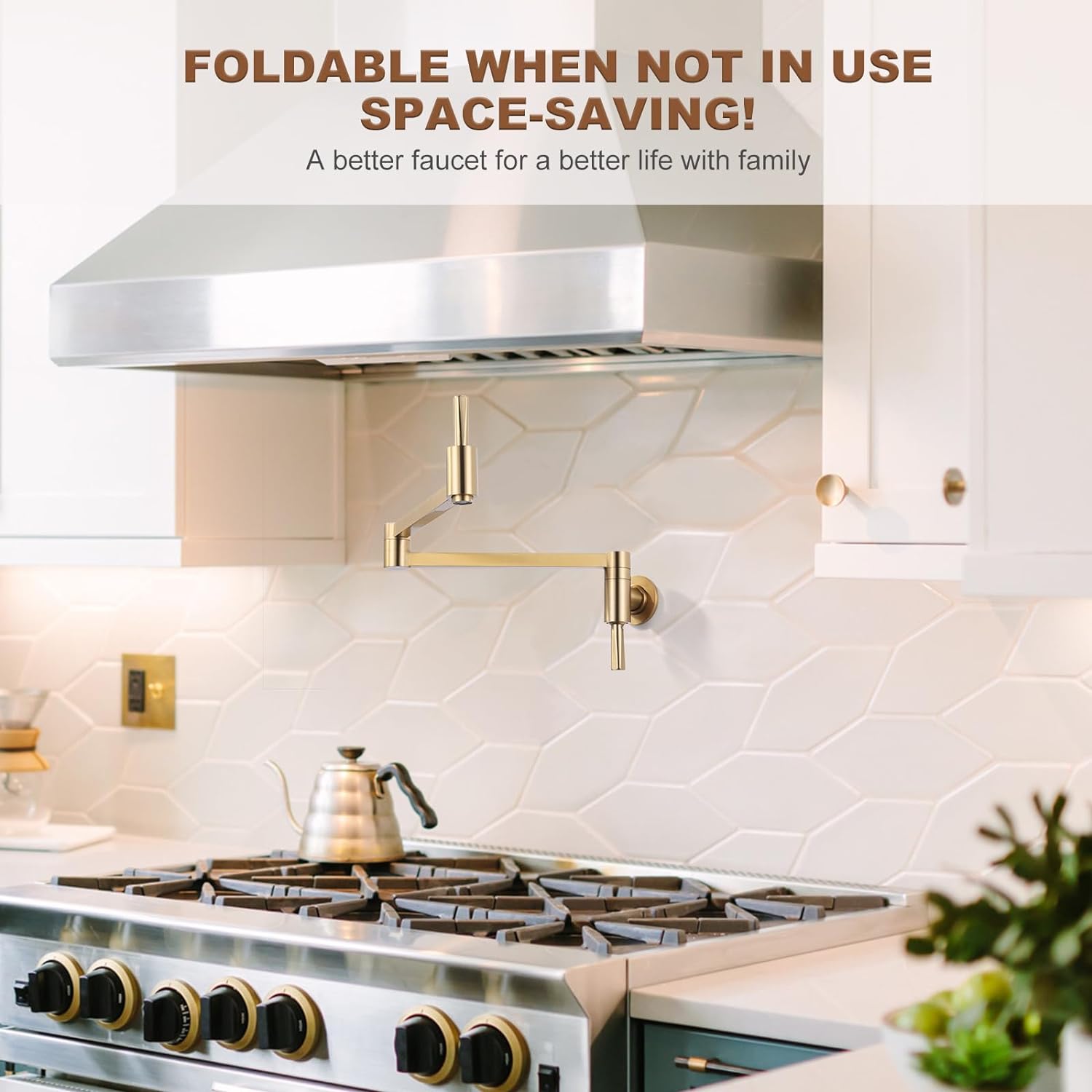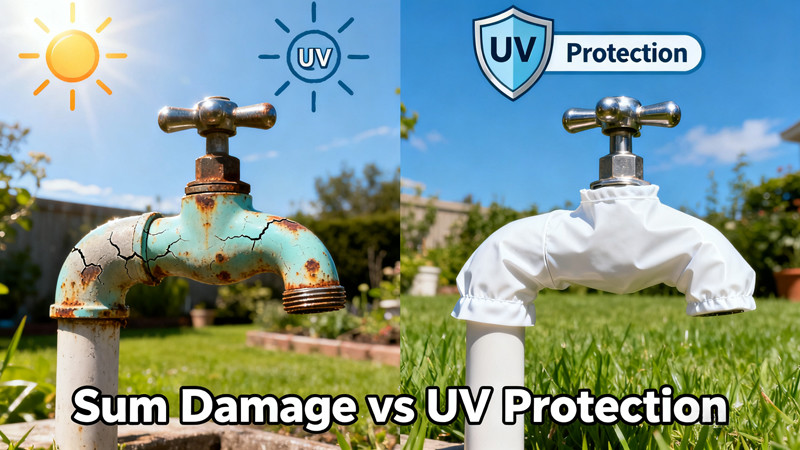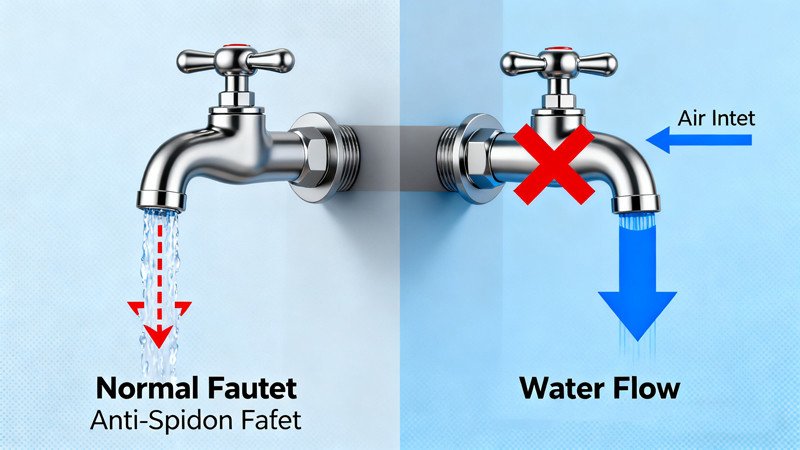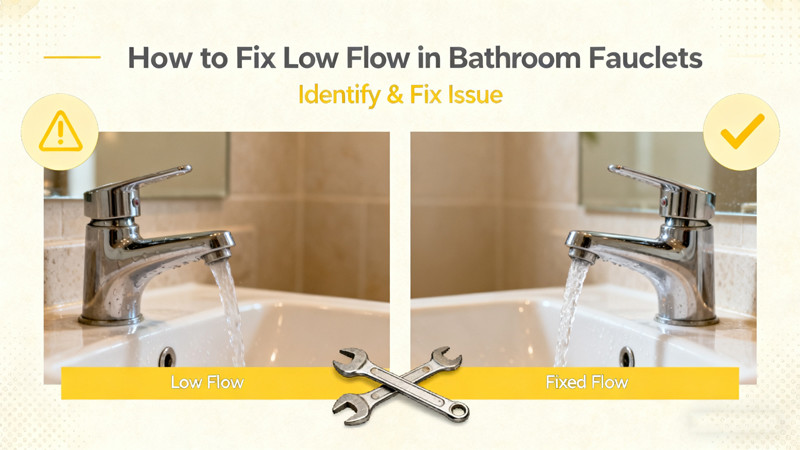When shopping for a new faucet, the sheer variety of options can feel overwhelming. From sleek kitchen pull-down sprayers to minimalist bathroom taps, every faucet comes packaged with product labels that tell you important details about its quality, performance, and suitability for your needs. However, many homeowners overlook or misunderstand this information, leading to purchases that don’t quite fit their expectations.
Learning how to read faucet product labels is key to making an informed choice. These labels cover everything from the faucet’s construction materials and flow rate to certifications and warranty details. By decoding them, you’ll be better equipped to select a faucet that matches both your lifestyle and budget.
Why Faucet Product Labels Matter
At first glance, a faucet may seem like a simple purchase: find one that looks good and fits your sink. But faucets are more than design elements—they’re high-use tools that affect water efficiency, safety, and durability. Product labels exist to provide standardized information so you can:
Compare models fairly based on real specifications, not just looks.
Ensure compliance with local plumbing codes and water conservation laws.
Evaluate value for money by checking warranties, materials, and features.
Avoid surprises like weak water pressure, poor durability, or finishes that wear quickly.
In short, reading the label is the first step toward getting a faucet that works well today and holds up for years.
Key Information Found on Faucet Product Labels
Not all faucet labels look the same, but most will include a combination of these important details:
1. Brand and Model Number
Every faucet will list the manufacturer and a specific model or series number. This is more than just branding—it’s crucial for future reference. If you need replacement parts, service, or matching fixtures, the model number allows you to find exactly what you own.
2. Material Composition
The label often specifies what the faucet is made from. Common materials include:
Solid brass: Durable, corrosion-resistant, and a mark of quality.
Stainless steel: Strong, hygienic, and resistant to rust.
Zinc or plastic components: Common in budget faucets but less durable.
Knowing the material helps you understand longevity and maintenance needs.
3. Flow Rate (GPM or L/min)
Perhaps the most important performance metric, the flow rate indicates how much water the faucet delivers, typically measured in gallons per minute (GPM) in the U.S. or liters per minute (L/min) elsewhere.
Standard faucets usually range from 1.2 to 2.2 GPM.
Lower rates (1.2–1.5 GPM) save water and may be required by law in certain regions.
Higher rates are sometimes preferred in kitchens for filling pots faster.
Always check this number to ensure the faucet balances efficiency and practicality.
4. Certifications and Standards
Look for logos or certifications that confirm the faucet meets safety and efficiency standards:
NSF/ANSI Standard 61: Ensures safe materials for drinking water.
NSF/ANSI 372 (Lead-Free): Guarantees minimal lead content.
WaterSense (EPA): Indicates high efficiency without sacrificing performance.
UPC or cUPC: Shows compliance with North American plumbing codes.
ADA Compliance: Confirms the faucet is accessible and easy to use for people with disabilities.
These marks give you peace of mind about safety, quality, and environmental responsibility.
5. Finish Description
Labels typically note the faucet’s finish—chrome, brushed nickel, matte black, oil-rubbed bronze, or gold. Some may specify PVD (Physical Vapor Deposition) coatings, which offer superior scratch resistance compared to standard plating. Understanding the finish helps you coordinate with other fixtures and anticipate maintenance.
6. Installation Type
Product labels will clarify how the faucet mounts and what sink types it fits:
Single-hole, three-hole, or widespread setups.
Deck-mounted (on the countertop or sink) vs. wall-mounted (attached to the wall).
Special instructions if an escutcheon plate (covering plate) is included.
This prevents the common mistake of buying a faucet that doesn’t fit your existing sink.
7. Features and Functions
Faucet packaging often highlights features like:
Pull-down or pull-out sprayers for flexibility in kitchens.
Touchless activation with motion sensors.
Magnetic docking for sprayer heads.
Dual-function sprayers with stream and spray modes.
Paying attention to these features helps you match the faucet to your daily routines.
8. Warranty Information
The warranty section is a window into the manufacturer’s confidence in their product. Mid-range and premium faucets often carry limited lifetime warranties that cover leaks and finish defects. Cheaper models may only offer one to five years of coverage.
Tips for Reading Faucet Labels Effectively
Now that you know what information to look for, here’s how to make the most of it:
Check the flow rate against your needs. If you live in an area with low water pressure, a faucet with an already low GPM may not perform well.
Match certifications to your priorities. If water conservation matters most, look for WaterSense. If health is your top concern, focus on lead-free and NSF standards.
Balance style with practicality. The finish might catch your eye, but make sure the materials and features align with long-term durability.
Always read the fine print. Warranty details, installation requirements, and compatibility notes often appear in smaller text.
Compare across brands. Use labels as a tool to evaluate multiple faucets objectively, rather than relying on price or appearance alone.
Common Mistakes to Avoid
Ignoring compatibility: Buying a widespread faucet when your sink only supports a single-hole mount.
Overlooking water efficiency laws: In some regions, faucets above certain flow rates can’t be legally installed.
Assuming finish equals quality: A beautiful matte black faucet might still be made of low-quality internal parts if the label doesn’t list solid brass or stainless steel.
Skipping the warranty section: A short warranty could mean the faucet won’t last as long as you hope.
Final Thoughts
Reading faucet product labels may not sound exciting, but it’s one of the smartest things you can do when shopping for a new fixture. Labels are your shortcut to understanding the faucet’s performance, durability, and safety—information that goes far beyond appearances.
By paying attention to details like flow rate, certifications, materials, and warranty, you can avoid common mistakes and ensure your purchase is a solid investment. Whether you’re upgrading your kitchen, renovating a bathroom, or choosing fixtures for a rental, learning how to decode faucet labels empowers you to buy with confidence.
In the end, a faucet isn’t just about turning water on and off—it’s about daily convenience, health, and long-term value. The label holds the clues you need to pick the right one.
 WOWOW Faucets
WOWOW Faucets